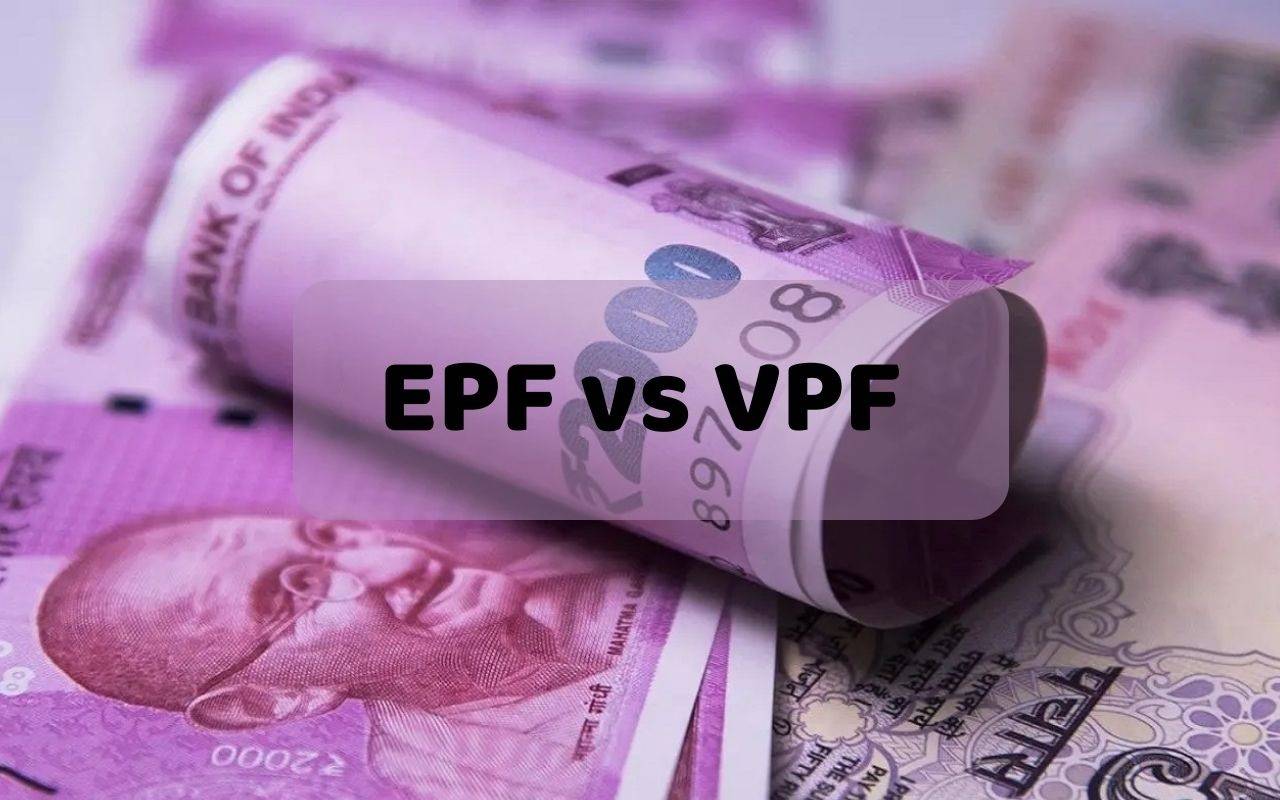
As a salaried employee, you regularly contribute to your employees' provident fund (EPF), with the amount being deducted from your pay every month. As per the current EPF regulations, you are required to automatically contribute 12% of your salary to the EPF account, with your employer matching this amount (including the EPS portion).
While the employer's contribution is capped at a maximum of 12%, you have the option to contribute more than the minimum 12% through the Voluntary Provident Fund (VPF). Before you decide whether or not to opt for VPF, let us explain what it is and help you determine if it's a wise choice.
What is Voluntary Provident Fund (VPF)?
Voluntary Provident Fund (VPF) refers to an employee's optional contribution to their provident fund account, which is also known as the Voluntary Retirement Fund. This additional contribution is made on top of the mandatory 12% that an employee is required to contribute to their EPF. The employee may contribute up to 100% of their Basic Salary and Dearness Allowance combined.
Eligibility for VPF
The VPF option is only available to salaried employees who receive their monthly payments through a specific salary account. The EPF and VPF accounts are linked, and the balance in the VPF account is treated in the same way as the EPF account.
Benefits of VPF
-
A Voluntary Provident Fund (VPF) is an excellent option for tax savings as it falls under the EEE category, which means it is exempt from contribution, principal, and interest taxes.
-
It allows employees to build a substantial savings portfolio that can support them during significant life milestones.
-
Compared to long-term investments, it is considered a low-risk investment option.
-
VPF allows for withdrawals at any time, and it is easy to transfer your account from one employer to another as your Aadhar card is linked to your VPF account.
Drawbacks of VPF
-
On the downside, VPF has a lower interest rate compared to other fixed-income investment options such as Public Provident Fund (PPF) and National Savings Certificate (NSC).
-
Additionally, the funds invested in VPF are not as liquid as those invested in other instruments like equity, which can provide higher returns in the long term.
-
Therefore, employees should consider their financial goals and risk appetite before deciding whether to invest in VPF.
When to Start Contributing to VPF?
If your annual contribution to EPF is less than Rs 2.5 lakh, you should start contributing to Voluntary Provident Fund (VPF) to bring the total (EPF+VPF) contributions to Rs 2.5 lakh. For instance, suppose you contribute Rs 12,500 per month or Rs 1.5 lakh annually to EPF. In that case, you can opt to contribute Rs 8,333 per month or Rs 1 lakh annually to VPF and remain below the contribution limit. By doing so, the entire contribution will generate an 8.1% tax-free return on Rs 2.5 lakh.










